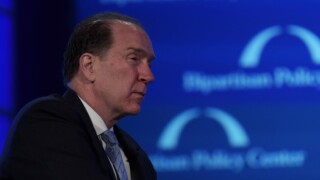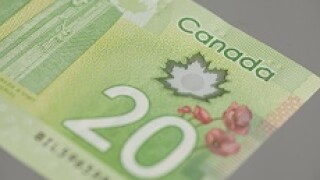World Bank
-
The head of the World Bank has, for the first time, called for parts of the sovereign debts owed by the world’s poorest countries to official bilateral creditors to be cancelled, in the face of the coronavirus’s impact.
-
This week's funding scorecard looks at the progress supranationals have made in their funding programmes at the start of July.
-
Bank of China sold its first ever bond out of its Djibouti branch on Monday, as Chinese issuers pour into capital markets to make up for time lost to the coronavirus pandemic.
-
The International Development Association (IDA) has tapped the Swedish krona market for the first time as it prepares to increase its funding programme for the 2020-21 fiscal year.
-
-
The World Bank returned to the Canadian dollar on Wednesday with a new C$1.5bn ($1.11bn) sustainable development bond, as movements in the cross currency basis swap, as well as the spread to Canadian Mortgage Bonds (CMBs), allowed the supranational to print the largest SSA Maple deal since last July.
-
Three SSA borrowers hit the dollar market on Tuesday. The Inter-American Development Bank raised $4bn with a five year while Kommunalbanken tested the waters at 10 years. The World Bank joined them with a small but impressive bond linked to Sofr.
-
The World Bank has published what it describes as its first impact report covering all of the bonds it has issued and its entire development portfolio.
-
The European Investment Bank inaugurated its sustainability awareness bond (SAB) framework in Australian dollars on Tuesday, while on Wednesday NRW.Bank printed the largest SSA Kangaroo so far this year.
-
Trading levels given are bid-side spreads versus mid-swaps and/or an underlying benchmark and bid-yields from the close of business on Monday, May 11. The source for secondary trading levels is ICE Data Services.
-
Despite a crash in dollar swap spreads as the US Treasury announced a record borrowing binge this week, SSA bankers remain bullish on supply, with KfW rumoured to be plotting a return to dollars after leaning heavily on euros for its benchmark funding this year.









